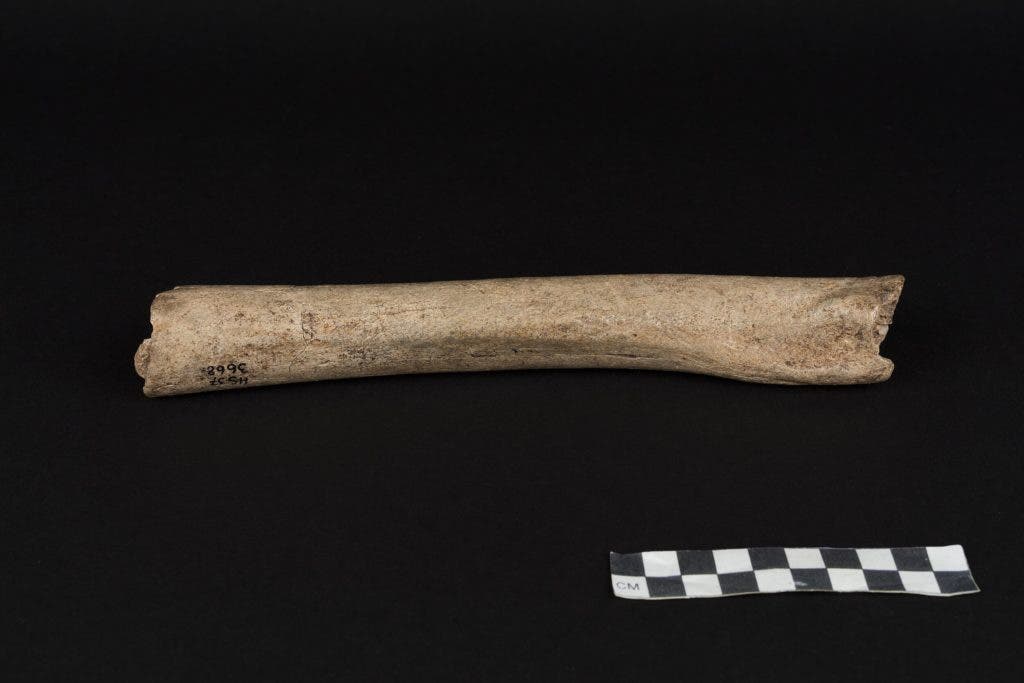
Recent digs and studies have revealed that Neanderthals, our close cousins, lived complex lives, which were very similar to our own. Neanderthals are now known for crafting complex tools, jewelry and other symbolic objects, or engaging in cultural practices such as ritual burials and cave art. And although Neanderthals went extinct more than 50,000 years ago, much of their rich history is still waiting to be uncovered — from their genes.
Most recently, researchers at the Max Planck Institute for Evolutionary Anthropology in Leipzig, Germany, sequenced the nuclear genome of two Neanderthal individuals who lived around 120,000 years ago. One genome sequence was performed on the femur of a male discovered in 1937 in Hohlenstein-Stadel Cave, Germany, the other on the maxillary bone of a girl found in 1993 in Scladina Cave, Belgium.
Most of our DNA is stored in the cell’s nucleus, while some of it is also stored in the mitochondria, i.e. mitochondrial DNA (mtDNA). Nuclear DNA is inherited equally from both parents; a child will inherit 50% of their nuclear DNA from the mother and the other 50% from their father. Meanwhile, mtDNA is passed on exclusively from the mother’s side.

“This unknown population could represent an isolated Neanderthal population yet to be discovered, or may be from a potentially larger population in Africa related to modern humans,” explains Stéphane Peyrégne who led the analysis.






